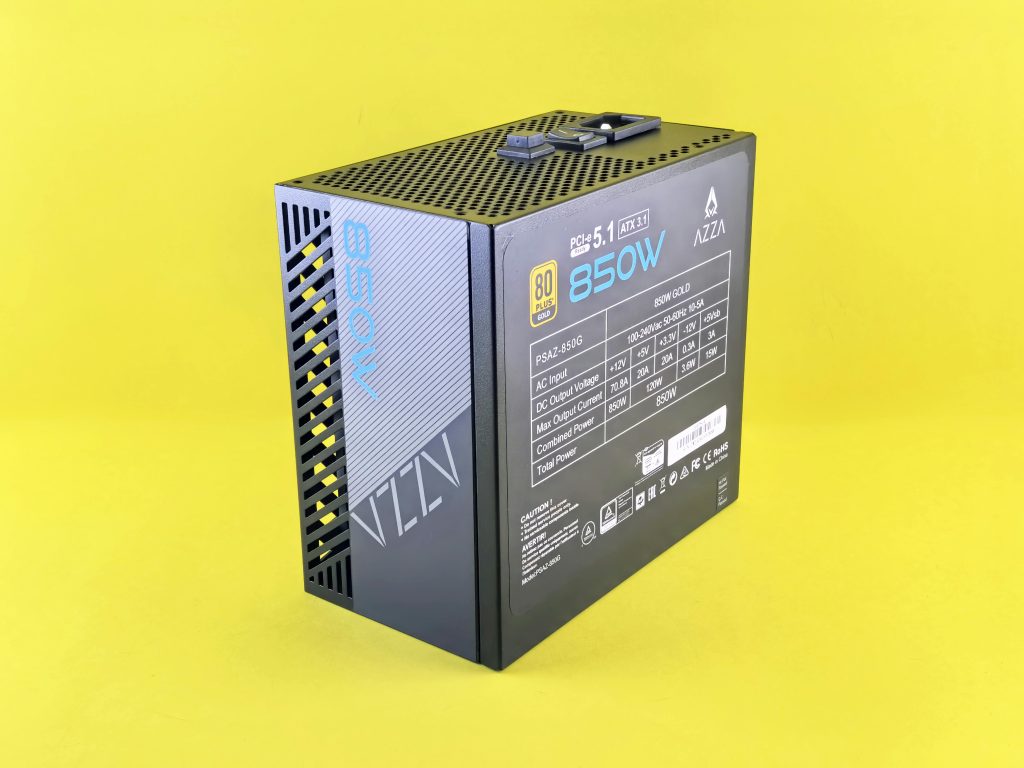Understanding and Troubleshooting Random Black Screen Issues During Gaming: A Comprehensive Guide
Experiencing a black screen during gaming sessions can be a frustrating and disruptive problem for PC gamers. While audio may continue without interruption, the monitor remains blank, often forcing a system restart. If you’re encountering this issue, it’s essential to diagnose its root cause systematically. This article provides a detailed overview of potential causes and troubleshooting steps to help resolve black screen problems during gameplay.
Symptoms Overview
- Monitor randomly goes black during gaming or general usage.
- Audio continues playing in the background.
- The system requires a forced restart (power button).
- No evidence of overheating or hardware failures.
- Symptoms began suddenly during specific activities (e.g., multitasking with video browser tabs open).
Initial Observations and Context
- The issue started while playing a game called Wuthering Waves in windowed mode with side video tabs open.
- Screen blackout occurred during gameplay, followed by color flashing and artifacts on the display.
- Uninstalling the problematic game temporarily alleviated the issue, but similar black screens now occur with other games.
- Temperatures are within normal ranges (~40-60°C), indicating overheating is unlikely.
- System specifications include a high-end GPU (AMD Radeon 9070 XT), a robust CPU (AMD Ryzen 9 9600X), and ample RAM.
- The system was built in June 2025, recently installed, with checked and secure cable connections.
Potential Causes and Troubleshooting Steps
- Graphics Driver Issues
- Ensure Drivers Are Up to Date: Use AMD’s Radeon Software (Adrenalin) to check for the latest drivers and install any available updates.
-
Perform a Clean Installation: Sometimes, updating isn’t enough. Consider completely uninstalling current drivers with tools like DDU (Display Driver Uninstaller) and reinstalling fresh drivers.
-
Display and Connection Checks
- Examine Video Cables: Check the DisplayPort or HDMI cable for physical damage or loose connections. Replacing the cable might resolve the issue.
- Test Different Ports: Switch to a different DisplayPort or HDMI port on your GPU.
-
Monitor Inspection: Verify that the monitor’s settings are correct and that no firmware updates are needed.
-
Hardware Stability and Compatibility
- Device Stress Testing: While 3DMark tests indicated no immediate issues, consider running longer stability tests with tools like FurMark
Share this content:



